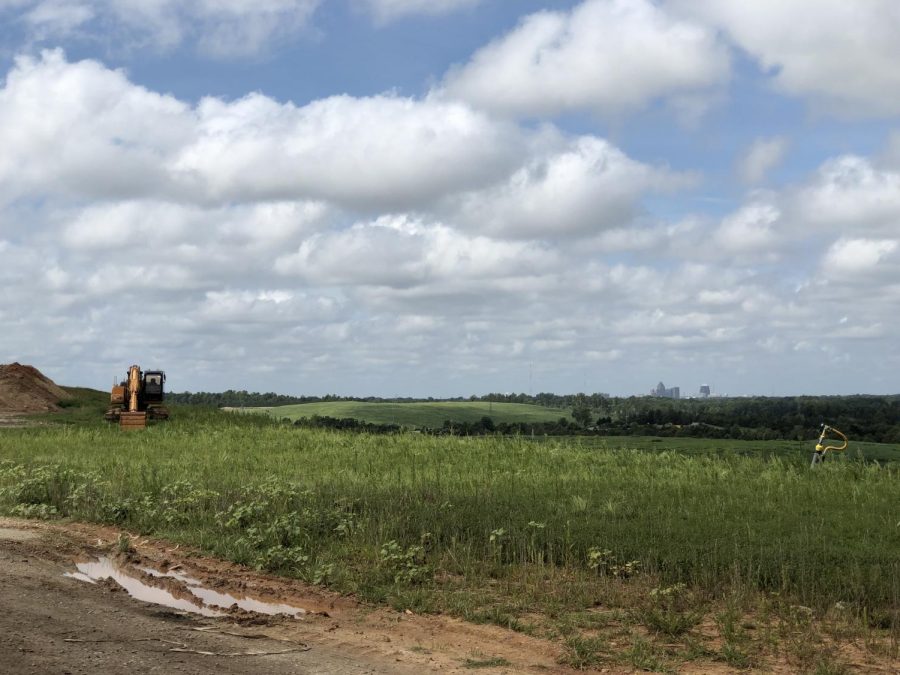A wasteless journey
Where does our trash go?
On Monday, Aug. 26, Laine Roberts, a waste education and recycling educator with the city of Greensboro, led a public tour of the city’s White Street Landfill, where yard and residential waste is housed from the Greensboro area. The landfill consists of two main phases, the second of which is hidden from view under sprawling hills of green grass.
In an area separate from the landfill’s two main phases, the earthy scent of damp dirt filled the air upon arrival at the compost section of the landfill. What were once vast, barren hills have become towering mounds of decomposing compost.
Despite what an observer may think, the piles do not simply form themselves. The windrow turners are hard at work sorting the compost into piles and turning it. The compost piles are then left to decompose.
Although the city uses preventive measures to keep environmental hazards caused by the landfill at bay, local residents’ concerns about landfill pollution remain strong. While the city was looking to build another landfill in Greensboro, nearby residents’ fiery disapproval resulted in the location moving to Asheboro.
Even though the landfill wasn’t built in Greensboro, one still had to be built somewhere else nearby. Landfills are necessary as long as humans continue to produce large amounts of waste. According to Roberts, the average American produces 4.5 lbs of waste in a single day.
Practices are being implemented worldwide that seek to turn waste into renewable energy. Greensboro’s White Street Landfill property has been leased to PETRA, a company that converts large amounts of methane produced from the landfill into energy.
People everywhere can begin their own waste reduction journey by implementing sustainable practices into everyday life. Taking waste reduction classes and creating waste logs using photos or journals are some ways to become aware of how much waste you produce. Think green! It is up to all of us to work together to change our behavior today for a greener tomorrow.







